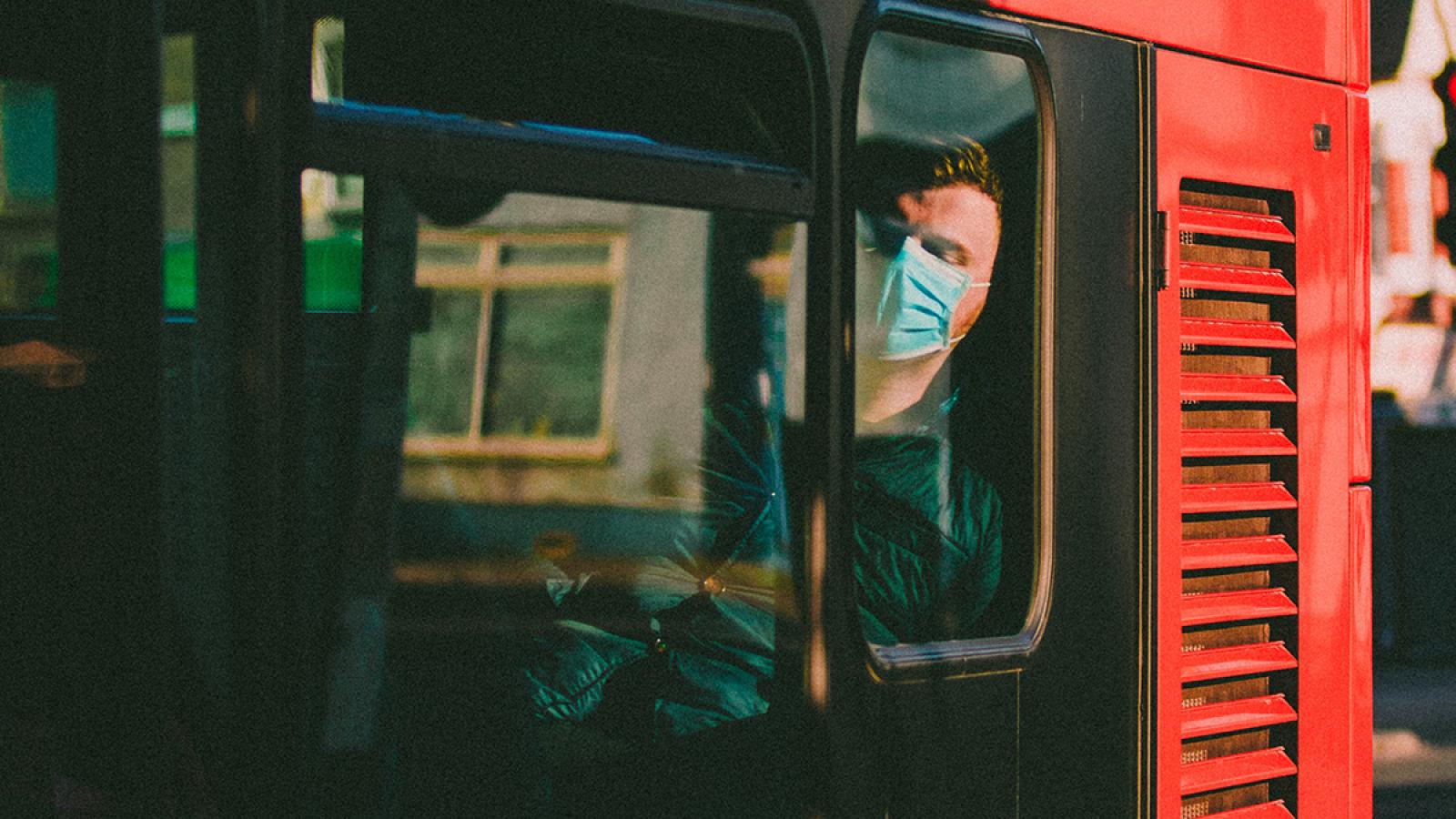Lessons from the Covid experience

The inquiry into the UK response to Covid is only seeking evidence by invitation. So here’s my unsolicited viewpoint...
Winter is on its way. And there are plenty of things to worry about other than Covid as our place on the surface of Planet Earth tilts away from the sunshine whilst we experience the unsettling feeling that our human affairs are slowly spinning out of control. But whilst Covid has slipped out of the headlines it’s important that we learn the lessons about what happened in the transport sector in those dark Covid days of recent winters past. After all, it was an unprecedented emergency response to what was an unprecedented national crisis.
And in our interconnected world, and with Covid still prevalent, who is to say we won’t be back there (or closer than we would like to be, one day)? Or that some other ‘black swan’ event isn’t waiting for us?
Although the overarching and very wide-ranging inquiry into the UK response to Covid-19 is now underway, it is only seeking evidence by invitation and so far the only other contact I have had on this has been via the excitable ‘disruption’ community on how technology could have been utilised better (which is a sideshow). So here’s the short version of the unsolicited viewpoint from someone who spent his Covid times, one 45-minute Teams call at a time, all day, every day, trying to do my bit to help our members keep the wheels turning.
Firstly, any critique of what happened needs to accept that it’s hard to point to any country in the world where there’s consensus that they consistently got it right - throughout. Because making the best decisions all of the time, in such extraordinary circumstances, and with so many unknowns, is impossible (notwithstanding that even a good call has so many downsides). But on balance I side with the maxim of the Seoul Transport Authority that ‘an excessive response is better than a sluggish response’ (though perhaps I would change the word ‘excessive’ to ‘rapid’).
Time and again during the crisis there was a realisation that something previously unimaginable was going to have to happen soon. But then everyone froze whilst everyone waited for someone to make the first move.
For example, it is hard to believe now but there was a high-profile scrap for quite some time on face coverings - with the mayors ahead of the game on arguing that they need to come in and with the government and industry (largely) pushing back (admittedly in the context of what the WHO was saying at the time).
Another example was how long everyone focussed on surface transmission of the virus when you didn’t need to be an expert to twig that Covid isn’t crawling around on surfaces, it’s airborne. This meant the focus on the trickier issue of airflow and ventilation didn’t come till relatively late in the pandemic even though airborne transmission was the main way people were catching Covid.
If South Korea was at the ‘go big, go early’ end of the spectrum then perhaps the UK’s response could best be characterised as in the British comfort zone of muddling through.
Other than our natural penchant for muddling through, a big factor was that the Treasury was constantly issuing ultimatums to the virus; that it needed to be reasonable and accept that on fiscal grounds a time limit needed to be set on the pandemic. The virus consistently took no notice but still we were all locked into a nonsense dynamic that the pandemic was going to end when Treasury bean counters decided - rather than when the worst of Covid finally burnt itself out of its own accord.
The pandemic also brought out other faultlines too. Rail’s status as the favoured mode of public transport within government as a whole was clear from day one - demonstrating the fact that heavy rail was the first to get an emergency funding deal. Demarcation of the modes isn’t as big a problem in London as Transport for London is the single voice of truth. It’s not great though in the big urban areas outside London where there were numerous examples of mismatched messaging for the public with the Cabinet Office, Rail Delivery Group, individual bus and rail operators and transport authorities all competing for the public’s ear. What was particularly frustrating was how far into the pandemic it was before heavy rail and local transport was even in the same (virtual) room. Indeed, we had to self organise interplay between RDG and Urban Transport Group around key issues like messaging to the public, and we never got to the stage where all the main players in the UK (RDG, Confederation of Passenger Transport, UTG, Department for Transport, Transport Scotland, Transport for London, Transport for Wales, Translink) were brought together.
A further consequence of the Treasury’s refusal to accept that one of the government’s key roles is precisely to act as our collective national insurance policy in times of crisis (that’s why we give them so much of our money), and to respond accordingly, was that the wider approach to the crisis was to patch and mend our way through it till we could get back to ‘normal’. This was particularly apparent with the funding deals for local public transport which lurched from one cliff-edge deal to another (and in themselves were top-ups for existing failed and broken funding arrangements). Not only did this divert significant senior management time away from dealing with other key aspects of the crisis, but it also represented a missed opportunity to ensure a more effective and coordinated response which made the best use of the totality of the funding being pumped in.
Having said all this it’s right to recognise how hard local transport officials at the DfT worked (within the context they found themselves to keep the show on the road) and in particular got behind the funding case to other parts of Whitehall for local public transport. We also had very good engagement throughout the crisis which - although stopping well short of co-production of solutions - was vital in ensuring that despite all the challenges, the wheels did indeed keep turning throughout the crisis.
It’s important too to reiterate that in a crisis of this magnitude a good enough response is an achievement in itself.
There’s much more that could be said about the transport sector’s Covid response and I hope at some stage there is a transport-specific strategic lesson-learning exercise before memories fade because it would be fascinating to know what others think too. But here are four takeaways from me for starters.
Firstly, go big and go early in the response.
Secondly, there is more scope for co-design with the regions in a national emergency response than we witnessed.
Thirdly, if we are sticking with modal divisions at the DfT (and there are respectable arguments why this should remain the case) local transport should be given the same status and importance as heavy rail and extra attention should be given to the interplay across modes (particularly for the largest urban areas outside London).
Fourthly, defaulting to patching and mending policy till things get back to normal during a crisis of this magnitude is an understandable impulse. But a crisis should also be an opportunity to make the kind of changes that were long overdue. ‘Never let a good crisis go to waste’ was a phrase used often during Covid, but other than Number 10’s Andrew Gilligan attempting to put rocket boosters on cycle use by mandating temporary cycle lanes for office workers, was it acted upon?
And as for getting back to normal. As we are now finding out there never was going to be normal to get back to…
Jonathan Bray is Director at the Urban Transport Group
This piece first appeared in Passenger Transport magazine

